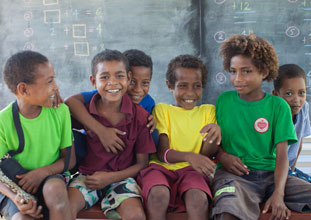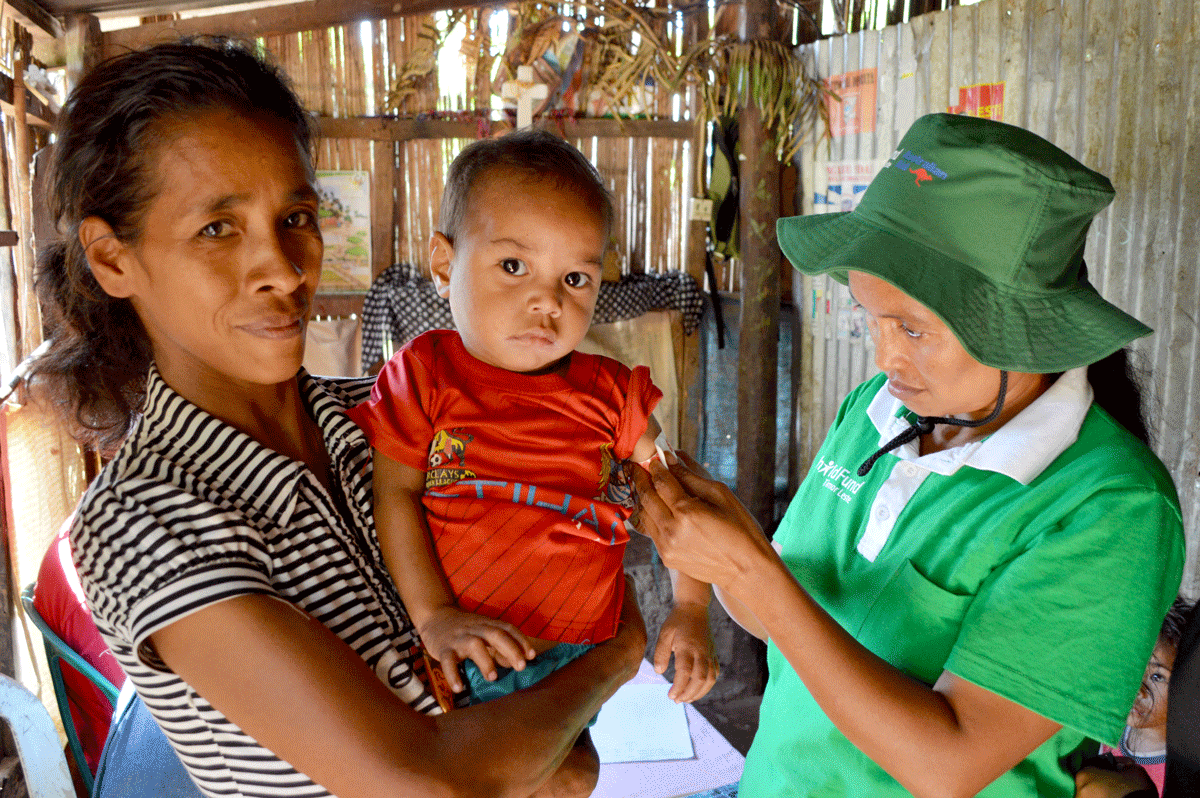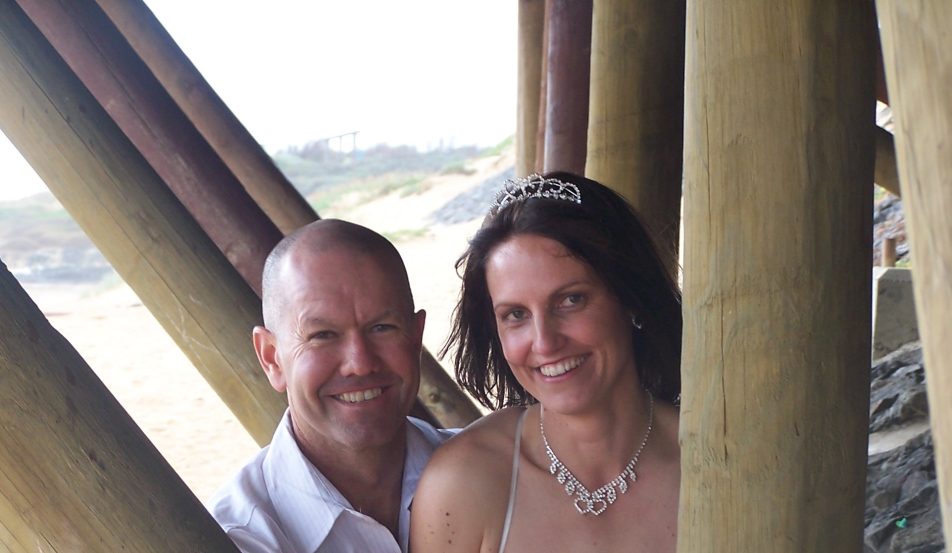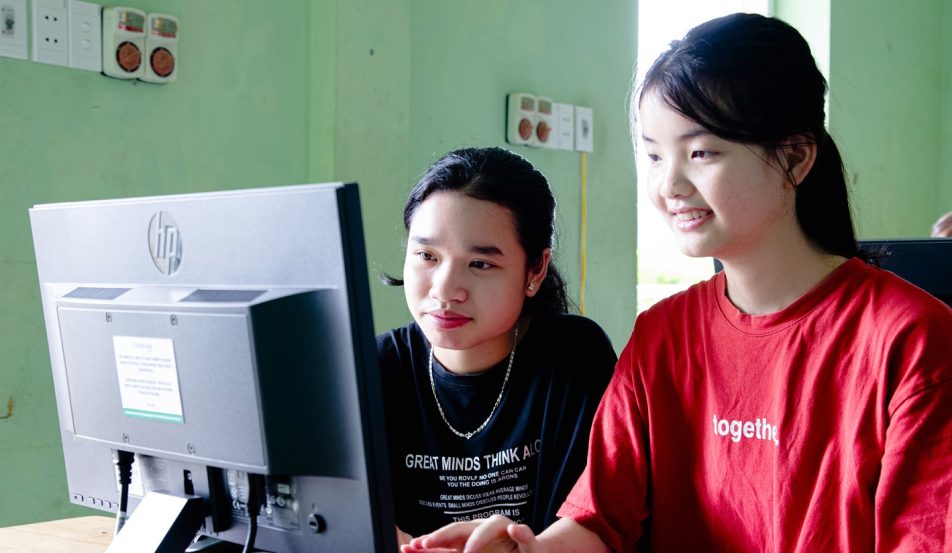How to ensure your donation makes an impact
We have all heard the saying: “If you want something done right, do it yourself.”
This might be a good mantra, but it doesn’t work for everything.
If you want to tackle a major global issue like ending violence against children, eliminating poverty or supporting children in emergencies, you will need to team up with other like-minded people.
In most cases, this means donating to a charity or not-for-profit (NFP) organisation that is committed to solving the problem you are passionate about, and has proven expertise in that particular area.
But how do you know your donation will make an impact? Which charity should you choose? Can you determine if a charity is reputable? How effective are their programs?
Is it possible to get answers to any or all of these questions? The answer is yes.
The charitable sector is highly regulated in Australia, and you can now do a lot of your background research online.
Is the charity registered?
In Australia, charities and non-profit organisations are registered through the Australian Charities and Non-Profit Commission, the independent national regulator of charities.
You can use the ACNC’s website to see if a charity is registered. If a charity is registered they must keep records, comply with governance standards and report to the ACNC each year.
If you are looking at an organisation that works overseas, like ChildFund Australia, you can check if it is a member of the Australian Council for International Development (ACFID), the peak body for Australian non-government organisations (NGOs) working in international development.
Members of ACFID must sign up to the Code of Conduct and commit to more than 150 obligations aimed to enhance transparency and accountability.
The code is underpinned by a set of values – integrity, accountability, transparency, respect, effectiveness, equity, cooperation – which inform the behaviours of all ACFID’s members all of the time.
Finally, charities registered with the Australian Taxation Office can provide you with a tax deduction on any donation over $2. You might want to query any organisation that can’t offer this, as it may mean they have not been able to prove their charitable status.
How does the charity help?
It’s important to find a charity that is the right fit for you. The more information you can find out about an organisation, the better.
The vision and mission is the best place to start – this highlights what the organisation hopes to achieve, and how it intends to do this.
Most not-for-profits will also have detailed, long-term strategic plans that are available to the public. These defining the charity’s key objectives over a set period, their future direction and give you a better understanding of the problems they are trying to solve.
How does the charity measure impact?
For a charity to be effective, it needs to consistently measure its work and look for improvements.
ChildFund Australia designed a Development Effectiveness Framework (DEF) to measure and evaluate the effectiveness of development programs. By counting tangible outputs and measuring long-term changes, ChildFund is able to assess the extent to which it has contributed to improved living standards for children and communities.
When you are looking for an organisation to support, make a point of looking for the tools they use to monitor and evaluate their programs.
How will you know what impact your donation is making?
When you make a donation, most organisations will provide you with feedback on how your contribution has supported their work. This could come in the form of stories from the field, publications or newsletters.
Sponsoring a child is one way to receive ongoing feedback, as you will have the opportunity to correspond with a child, and hear from them personally.
Finally, any reputable charity will produce an annual report at the end of each financial year. In ChildFund’s case, the financials included have been independentally audited by KPMG so you can have confidence in the numbers being reported.
We also provide a summary of many of our achievements in this report, as do many organisations. This is a great way to get an overview of the types of work a charitable organisation is conducting, and the progress they are making.






